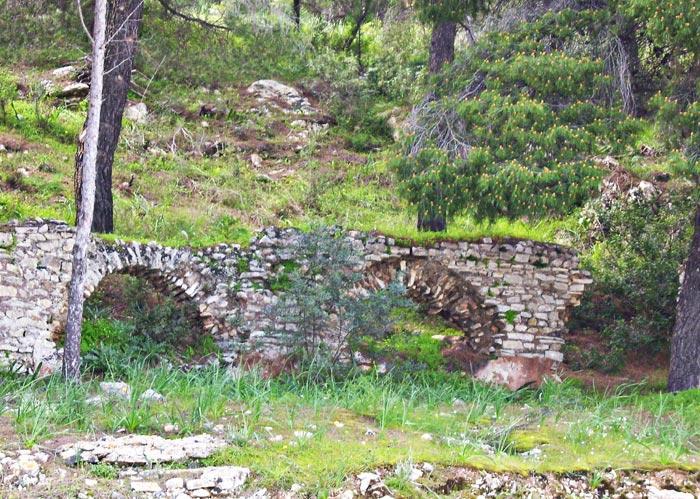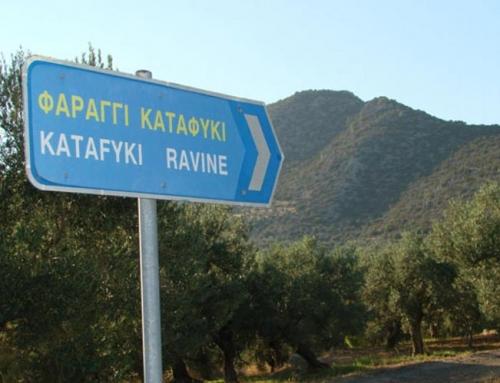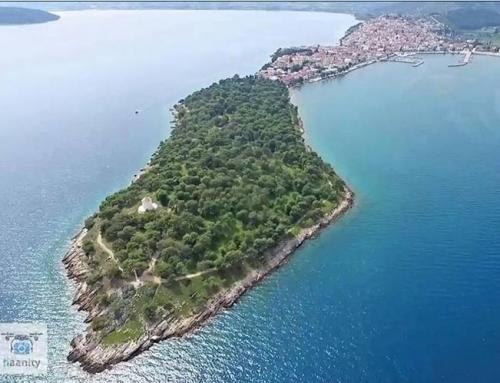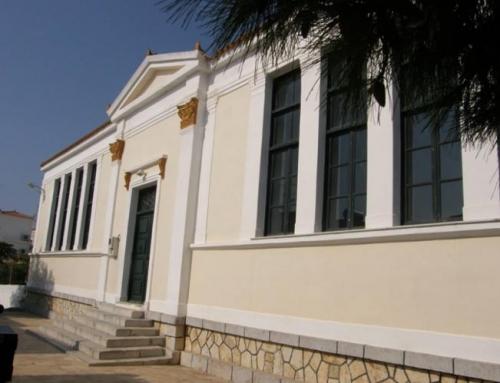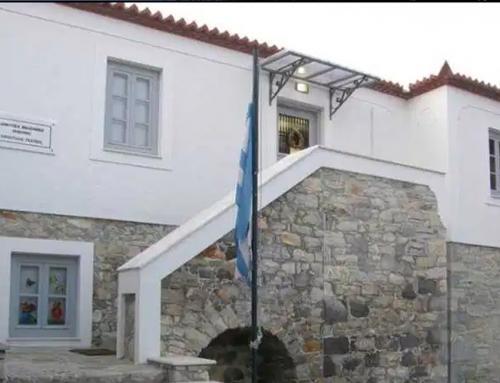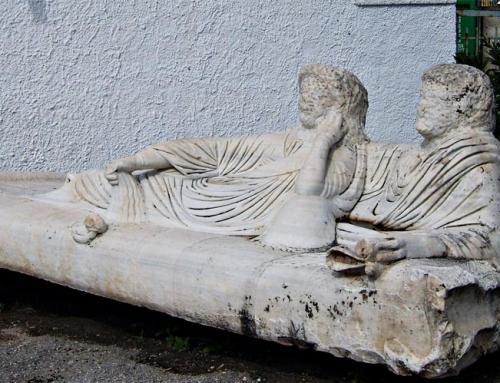During the Roman period Ermioni flourished. The aqueduct (2nd century AD), which carried water to cisterns scattered in the rock and supplied water to the whole of the then numerous state, was perfected. Remains of this aqueduct can be found at the entrance to the city, at the foot of the hill of the Mills, in the grove. This aqueduct ended at Bisti, where there were large cisterns, useful for storing water. Today, thirteen cisterns from antiquity have been preserved on this site, but most of them are concreted or destroyed. In them they stored rainwater to water their animals. Their characteristic feature was the circular inlet. They were spherical on the inside and were carved inrocks and had a capacity of no more than ten cubic metres.
